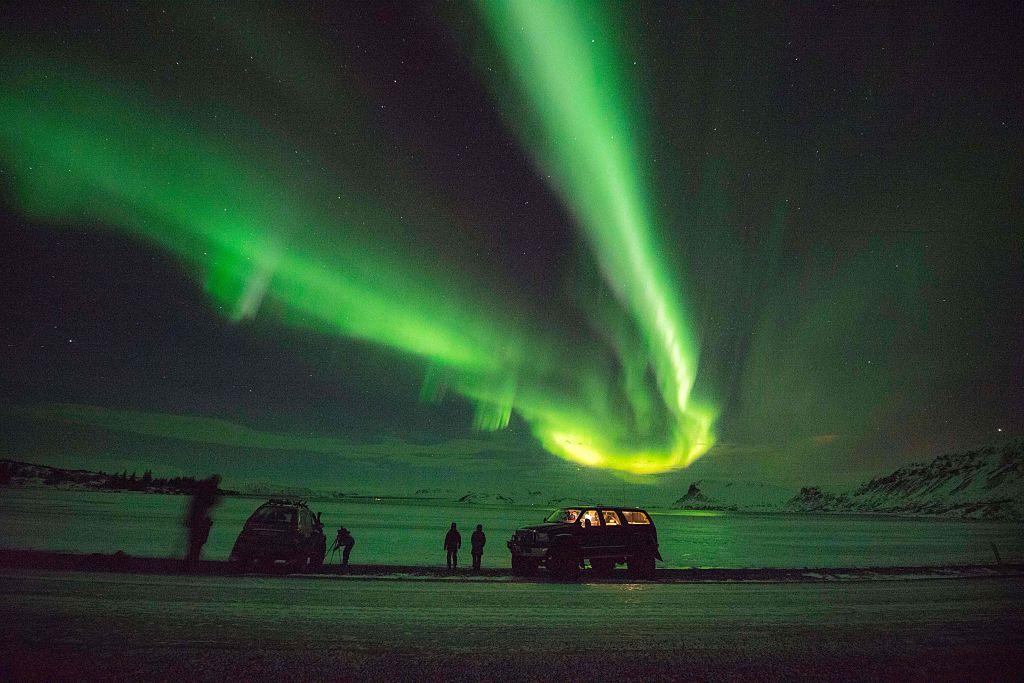A giant “hole” in the sun’s atmosphere may produce stunning light shows in the Earth’s skies that can be seen across New York to Idaho starting from March 24, according to experts.
A report by the U.S. National Oceanic and Atmospheric Administration (NOAA) states that an opening in the sun’s magnetic field, also known as a coronal hole, has been observed by experts, which could prompt moderate geomagnetic storms on March 25 and minor geomagnetic storms on March 26.





